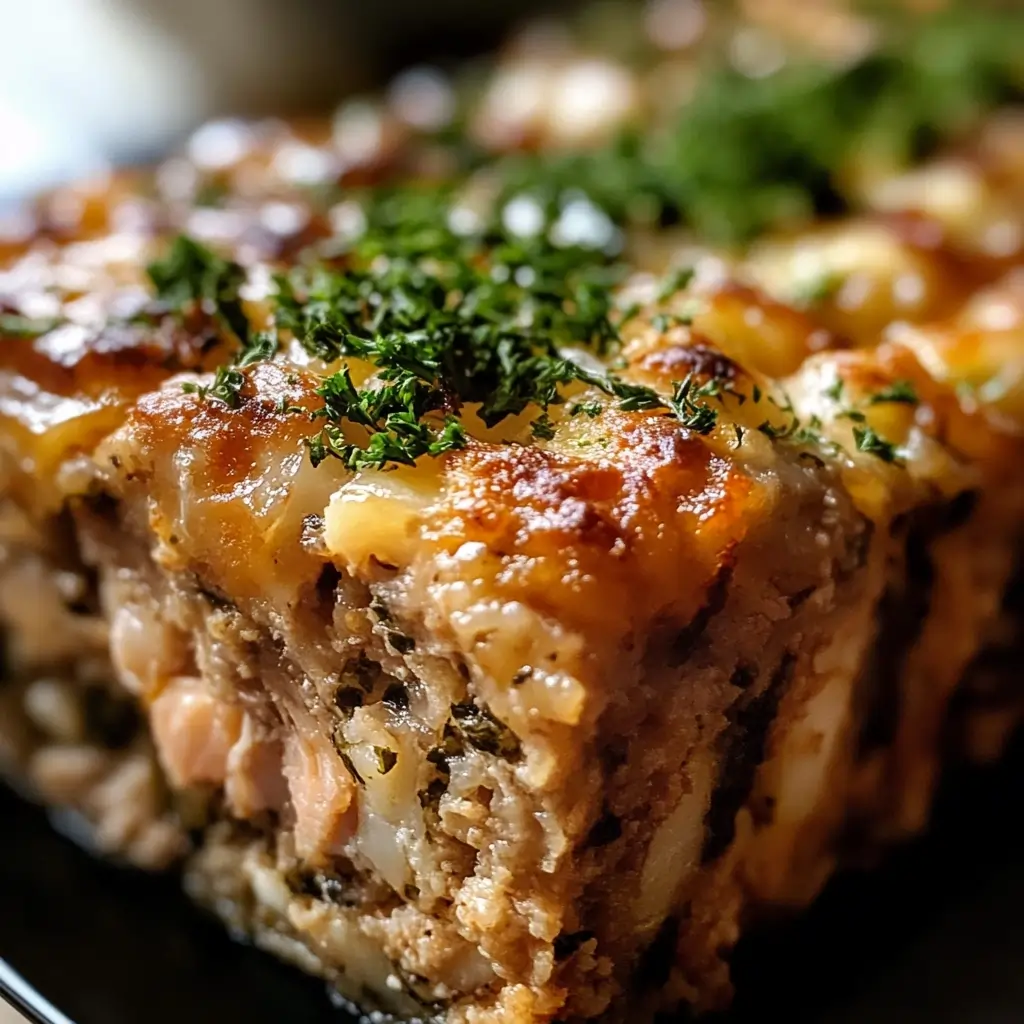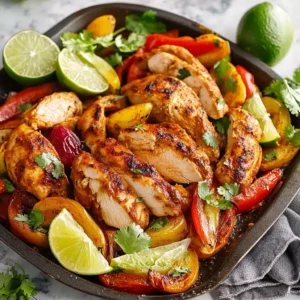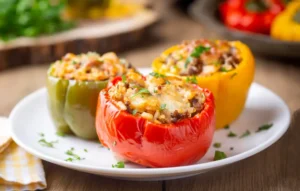can tuna and salmon be used in same loaf recipe? When considering this, it’s essential to recognize the versatile nature of both ingredients.. Tuna and salmon are not only popular seafood choices but also packed with flavor and nutrition. Combining these two types of fish can create a unique dish that appeals to a wide range of palates. Moreover, their distinct textures and flavors can complement each other effectively, enhancing the overall culinary experience. Consequently, using both tuna and salmon in a single loaf recipe can result in a delightful meal that is both satisfying and nutritious.
In this article, we will explore how these two fish can be harmoniously blended into a loaf recipe, while also discussing their nutritional profiles, essential ingredients, and tips for achieving the best flavor combinations. Additionally, we will address common mistakes and offer guidance for anyone looking to experiment with this pairing.
If you’re new to this combination or curious about its potential, check out this detailed guide to making a tuna and salmon loaf, where you’ll find tips and recipes to help you perfect this unique dish.
Nutritional Benefits of Combining Tuna and Salmon in a Loaf Recipe
Understanding the nutritional benefits of both tuna and salmon plays a crucial role in deciding whether to use canned tuna and salmon in the same loaf recipe. Both fish provide rich sources of protein, omega-3 fatty acids, and essential vitamins. For instance, tuna offers a low-calorie option, making it an excellent choice for those focusing on weight management.
Tuna also serves as a good source of selenium and vitamin B12, which support various bodily functions. In contrast, salmon boasts a higher fat content, particularly omega-3 fatty acids, which promote heart health.
Additionally, salmon provides an abundance of vitamin D, which is important for bone health and immune function. Thus, the combination of these two fish not only offers a diverse flavor profile but also a robust nutritional value, making it a smart choice for meal planning.
For more ideas on how to integrate salmon into everyday meals, explore this Moroccan-inspired salmon recipe, which highlights the fish’s versatility.
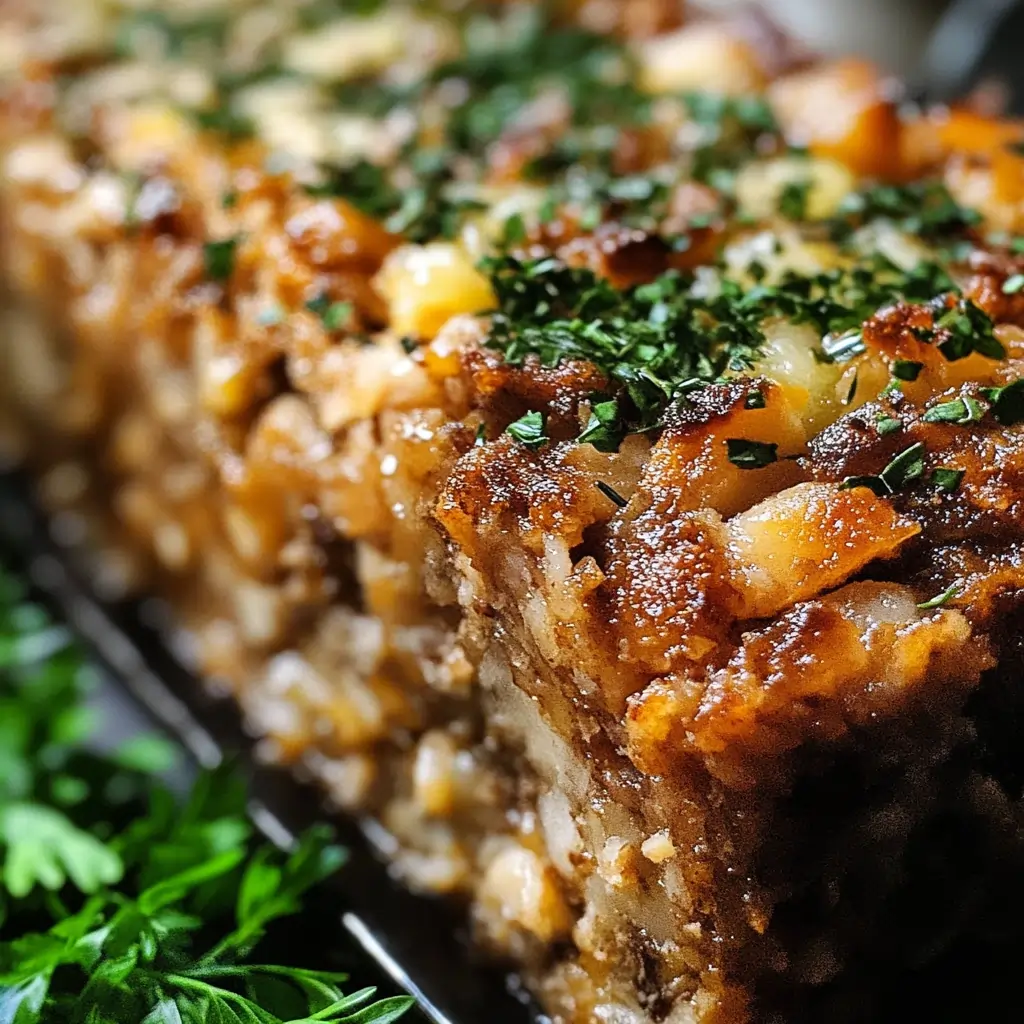
Essential Ingredients for a Tuna and Salmon Loaf
Creating a successful loaf with both tuna and salmon requires careful selection of ingredients. Therefore, when asking can tuna and salmon be used in the same loaf recipe, it is also necessary to consider what additional elements will complement their flavors. Below are some essential ingredients to include:
- Fish: Canned tuna and fresh or canned salmon should be the stars of the dish.
- Binders: Eggs and breadcrumbs are crucial for holding the loaf together.
- Vegetables: Onions, bell peppers, or celery can add crunch and flavor.
- Herbs and Spices: Dill, parsley, and black pepper enhance the taste profile.
- Condiments: Mayonnaise or mustard can contribute moisture and flavor depth.
Incorporating these ingredients thoughtfully ensures that the loaf remains moist and flavorful while showcasing the unique qualities of both fish.
For inspiration on serving pairings, you might also explore this guide on what to serve with salmon-based dishes.
Step-by-Step Guide to Making a Tuna and Salmon Loaf
If you are ready to create a delicious dish, a straightforward step-by-step guide will help clarify the process of making a tuna and salmon loaf. Therefore, it’s important to follow these instructions carefully to answer the question: can tuna and salmon be used in the same loaf recipe effectively.
- Preheat the Oven: Start by preheating your oven to 350°F (175°C). This ensures that the loaf cooks evenly.
- Prepare the Ingredients: Drain and flake the tuna and salmon into a large mixing bowl. Finely chop any vegetables you intend to use, such as onions or bell peppers.
- Mix the Ingredients: Add the chopped vegetables, eggs, breadcrumbs, herbs, and any condiments to the bowl with the fish. Season with salt and pepper to taste.
- Shape the Loaf: Transfer the mixture into a greased loaf pan, pressing it down firmly to ensure it holds its shape.
- Bake the Loaf: Place the loaf in the preheated oven and bake for approximately 45-50 minutes, or until the top is golden brown and a toothpick inserted comes out clean.
- Cool and Serve: Allow the loaf to cool for a few minutes before slicing. This process helps the loaf retain its structure.
Following these steps will yield a flavorful tuna and salmon loaf that showcases the best qualities of both types of fish.
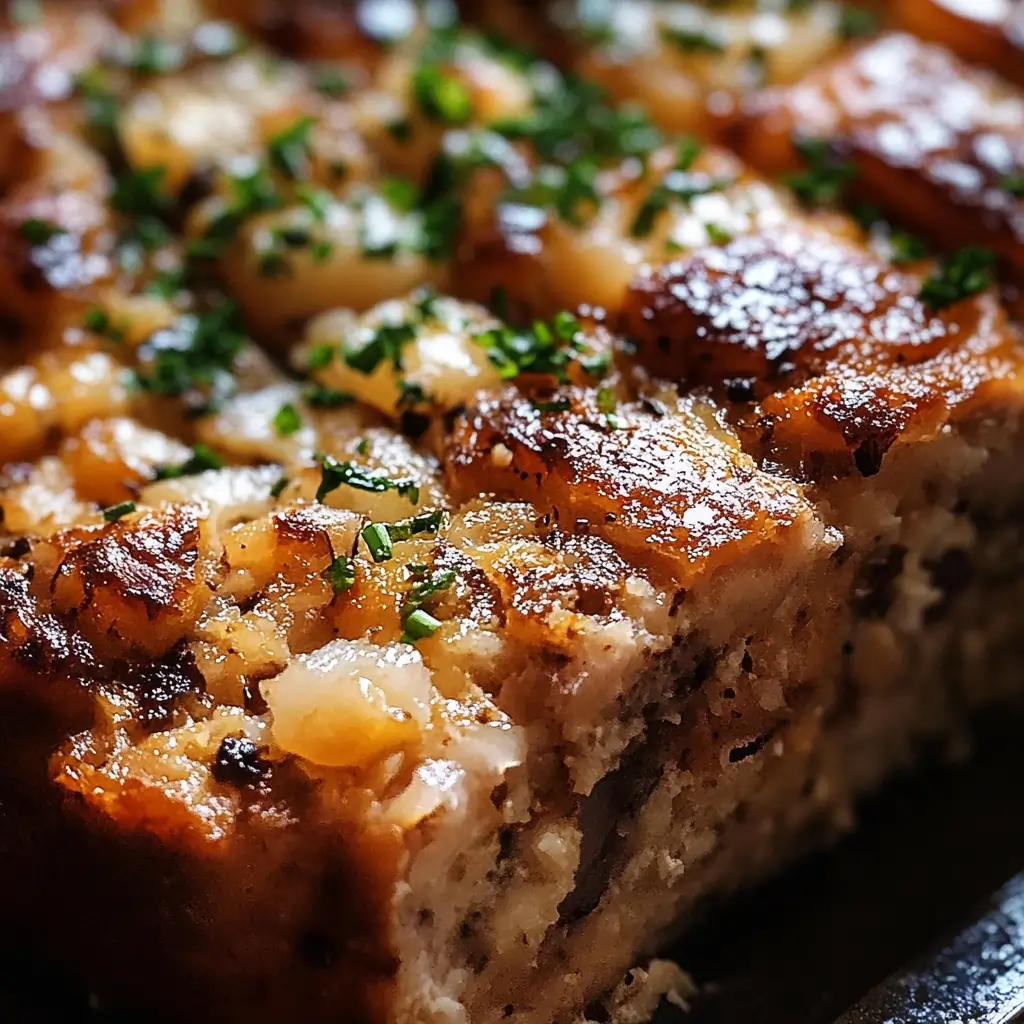
Tips for Balancing Flavors When Using Both Tuna and Salmon
AcAchieving the perfect balance of flavors is essential when considering whether canned tuna and salmon can be used together in the same loaf recipe. Since both fish have distinct taste profiles—tuna being milder and slightly meaty, while salmon offers a richer, more robust flavor—it’s important to combine them thoughtfully to create a well-rounded dish. Below are some helpful strategies to ensure a harmonious blend of flavors and textures:
1. Choose Complementary Ingredients
Pairing the right herbs, spices, and seasonings can enhance the natural flavors of both fish. Ingredients such as dill, parsley, chives, lemon zest, and garlic work well to brighten the dish and prevent any single flavor from overpowering the loaf. For a more complex taste, consider adding a hint of paprika, black pepper, or mustard powder, which can subtly elevate the fish without overwhelming it.
2. Adjust the Ratios for Balance
The proportion of tuna to salmon will significantly impact the overall taste. Since tuna is milder, using more tuna than salmon will result in a subtler, delicate flavor. On the other hand, increasing the amount of salmon will produce a richer, more pronounced taste. If you’re unsure of the ideal ratio, start with equal parts and adjust based on your preference after tasting the mixture.
3. Incorporate Moisture for Better Texture
Canned fish, especially tuna, can be drier compared to fresh fish. To ensure the loaf remains moist and tender, add ingredients that retain moisture, such as mayonnaise, Greek yogurt, sour cream, or a small amount of olive oil. Additionally, incorporating finely chopped onions, celery, or bell peppers can contribute both moisture and texture, preventing the loaf from becoming too dense or crumbly.
4. Taste and Adjust Before Baking
Since flavors can change during cooking, it’s crucial to taste the mixture before baking. Adjust the seasoning as needed—adding more salt, pepper, citrus juice, or fresh herbs to fine-tune the flavor profile. This step ensures that the final dish will be well-balanced and delicious.
By following these tips, you can create a savory, well-textured tuna and salmon loaf that is not only flavorful but also satisfying for a variety of palates. Experiment with different seasonings and moisture-enhancing ingredients to customize the dish to your liking!
Common Mistakes to Avoid When Combining Tuna and Salmon
When experimenting with a dish, it’s essential to avoid pitfalls that could detract from the final product. Therefore, understanding can tuna and salmon be used in the same loaf recipe also involves recognizing common mistakes:
- Overmixing: Mixing the ingredients too much can lead to a dense loaf. Instead, gently fold the ingredients together to maintain a light texture.
- Ignoring Texture Differences: Tuna and salmon have different textures, which can affect the loaf’s overall consistency. Ensure the mixture is well combined but not overly processed.
- Skipping Seasoning: Many cooks underestimate the importance of seasoning. A loaf without adequate seasoning can taste bland. Always taste the mixture before baking.
- Not Allowing to Cool: Cutting the loaf too soon can cause it to fall apart. Allow it to cool for a few minutes, which helps it set and maintain its shape.
By being mindful of these common mistakes, you can enhance your cooking experience and create a better dish.
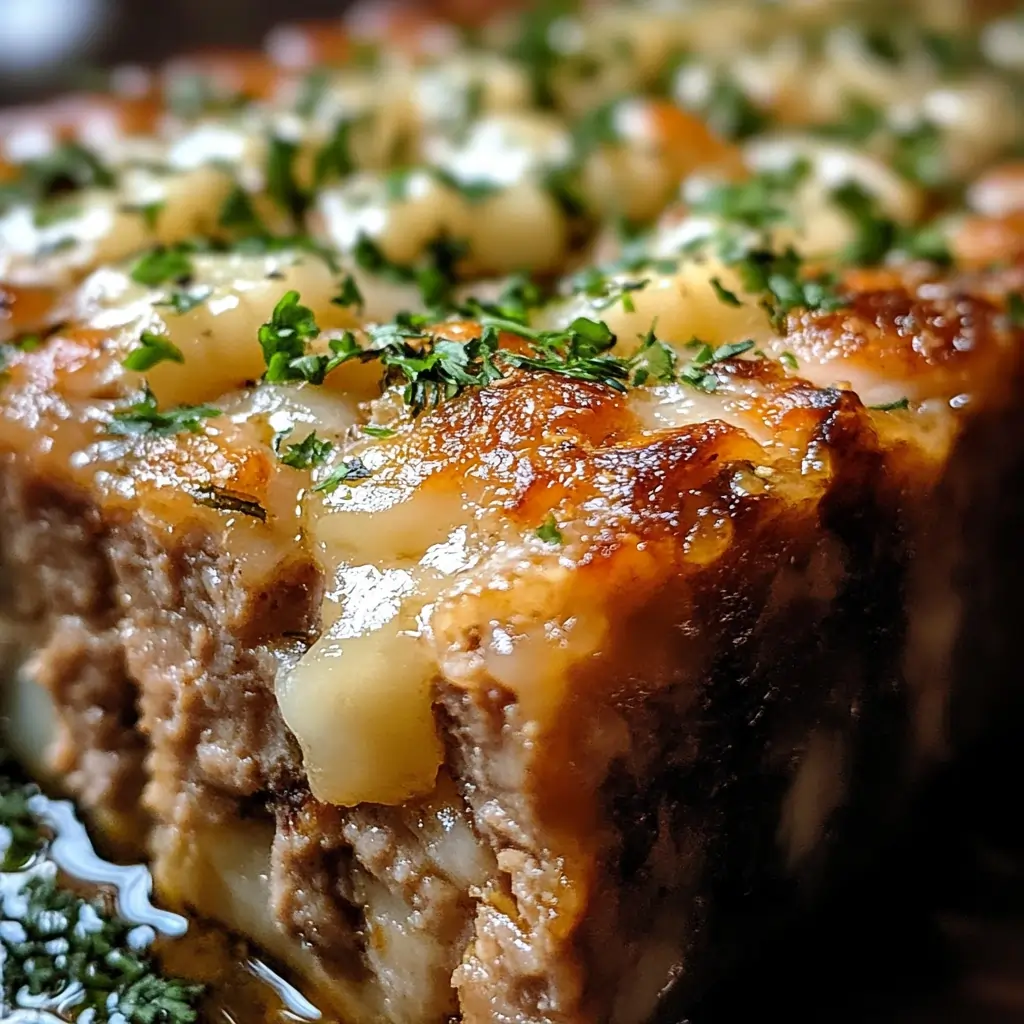
FAQ’s
Do salmon and tuna go together?
Yes, salmon and tuna can be eaten together, but it’s not commonly recommended. While they can theoretically be combined in dishes, they have different flavor profiles and nutritional contents. Tuna generally has higher mercury levels compared to salmon, which is richer in omega-3 fatty acids. Therefore, it’s advisable to consume them in moderation and consider their health implications.
Does canned salmon taste the same as tuna?
No, canned salmon and canned tuna do not taste the same. Canned salmon has a distinct flavor that differs from that of canned tuna. For example, while both can be used in similar recipes like salads or sandwiches, the taste of canned salmon is often described as richer and more robust compared to the milder flavor of canned tuna.
Can salmon be substituted for tuna?
Yes, salmon can generally be substituted for tuna in recipes without significant changes to the dish. Most recipes that call for tuna can accommodate salmon, although the flavor will be different. This substitution works well in salads, casseroles, and spreads, but keep in mind that the overall taste will vary due to the distinct flavors of each fish.
Conclusion: A Delicious Fusion of Flavors
Canned tuna and salmon can indeed be used in the same loaf recipe, but there are important considerations to ensure a well-balanced and flavorful dish. Both fish varieties offer distinct flavors, textures, and moisture levels that can complement each other if properly incorporated.
Flavor Balance:
Tuna has a milder, slightly briny taste, while salmon has a richer, more robust, and slightly oily flavor. When combined, they create a more complex taste profile. To enhance their harmony, ingredients such as lemon juice, fresh herbs (like dill or parsley), and mild seasonings can be used to balance the flavors.
Texture Considerations:
Tuna tends to be drier and flakier, whereas salmon is more moist and fatty. To achieve the right consistency in the loaf, a proper binding agent, such as eggs, breadcrumbs, or mashed potatoes, should be used. If the mixture is too dry, adding a bit of mayonnaise, yogurt, or a light oil can improve moisture retention.
Nutritional Value:
Both tuna and salmon are excellent sources of protein, omega-3 fatty acids, and essential vitamins. However, salmon generally contains more healthy fats, making the loaf richer. Mixing the two fish allows for a nutritional balance, combining the leaner protein of tuna with the healthy fats of salmon.
Cooking Adjustments:
Since tuna is drier than salmon, careful monitoring of cooking time and temperature is crucial to prevent the loaf from becoming too dry. Baking at a moderate temperature (around 350°F or 175°C) and including moisture-enhancing ingredients like vegetables (onions, bell peppers, or carrots) can help maintain a tender texture.
Final Verdict:
Canned tuna and salmon can successfully be combined in a loaf recipe, provided that adjustments are made to maintain a balanced texture, flavor, and moisture level. By using appropriate binding agents, seasoning thoughtfully, and incorporating moisture-enhancing ingredients, you can create a delicious and nutritious fish loaf that showcases the best of both seafood options.
